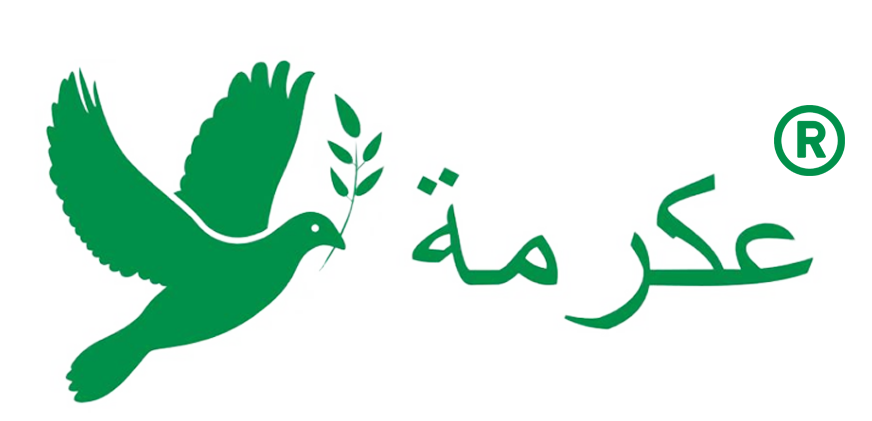Welcome to Fengcheng Tuozhe Clothing Co., Ltd!
Market Forecast for Arabic Thobe: Surging Middle Eastern Demand Drives Chinese Export Growth
In recent years, the global market for Arabic thobes (Kandura/Thobe) has expanded steadily, fueled by the Middle East’s economic recovery and renewed emphasis on cultural heritage. As both daily attire and a symbol of identity, the thobe industry is thriving. According to Statista, the Middle Eastern traditional apparel market surpassed USD 8.2 billion in 2023, with thobes accounting for over 60% of sales. Notably, China, leveraging its manufacturing prowess and technological advancements, has emerged as a key supplier to this booming market. Industry analysts project that China’s thobe exports to the Middle East will grow at a 12%-15% CAGR between 2024 and 2028.
Middle Eastern Demand: Demographic Growth Meets Cultural Pride
The Middle East’s young population (over 50% under 30) and rising disposable income (e.g., Saudi Arabia and UAE’s per capita GDP exceeding USD 30,000) are driving demand for premium thobes. During cultural events like Ramadan and Eid, consumers increasingly seek high-quality, customized designs. In Saudi Arabia, sales of luxury embroidered thobes surged by 23% in 2023, with Chinese-made products—featuring lightweight blended fabrics and machine-embroidered patterns—dominating 70% of the mid-range market due to their cost-effectiveness.
E-commerce platforms like Noon and Namshi have further accelerated market growth, reporting a 41% year-on-year increase in online thobe sales in 2023. Chinese manufacturers, adopting a small-batch rapid-response production model, efficiently cater to Middle Eastern preferences for diverse colors and tailored fits, solidifying their supply chain advantage.
China’s Export Surge: Technology and Policy Synergy
China’s textile industry, supported by integrated supply chains and digital transformation, is redefining global thobe production. Manufacturing hubs in Zhejiang and Guangdong provinces utilize 3D body measurement customization systems and AI-powered pattern design tools, reducing production cycles from 30 days to 7 days while cutting material waste by 15%-20%. In 2023, China’s apparel exports to the UAE grew by 18.6%, with thobes contributing over 30% of this growth.
The Belt and Road Initiative and China-GCC trade agreements have also facilitated tariff reductions and logistics efficiency. For instance, the Yiwu-Dubai freight route now operates twice weekly, lowering cross-border shipping costs by 12%. Chinese manufacturers are also embracing localization strategies: some have established design centers in Saudi Arabia, blending traditional Middle Eastern motifs with Chinese silk and antimicrobial fabrics to create “neo-classical” thobe collections favored by younger consumers, with single-design orders exceeding 100,000 units.
Challenges Ahead: Sustainability and Cultural Precision
Despite promising opportunities, Chinese exporters face hurdles. Strict cultural requirements—such as precise neckline embroidery and sleeve lengths—demand meticulous attention to detail, as even minor deviations can lead to order cancellations. Additionally, evolving regulations like the EU’s Carbon Border Tax and Gulf nations’ Sustainable Textile Certification are pushing Chinese suppliers to adopt greener practices.
Leading companies are already adapting: A Shandong-based factory launched a solar-powered production line and introduced thobes made from biodegradable polyester, securing a spot on the UAE government’s procurement list. Meanwhile, Guangdong manufacturers collaborate with Dubai-based influencers, using short videos to showcase standardized quality control processes, addressing lingering concerns about “Made in China” products.
Conclusion
The Middle East’s growing appetite for Arabic thobes reflects not only cultural pride but also global shifts in consumer behavior and industrial innovation. By enhancing technical capabilities, deepening cultural sensitivity, and prioritizing sustainability, Chinese textile companies are poised to capture a larger share of this billion-dollar market. As “Chinese design meets Middle Eastern tradition,” the humble thobe may well become a symbol of cross-cultural collaboration in the global fashion landscape.
